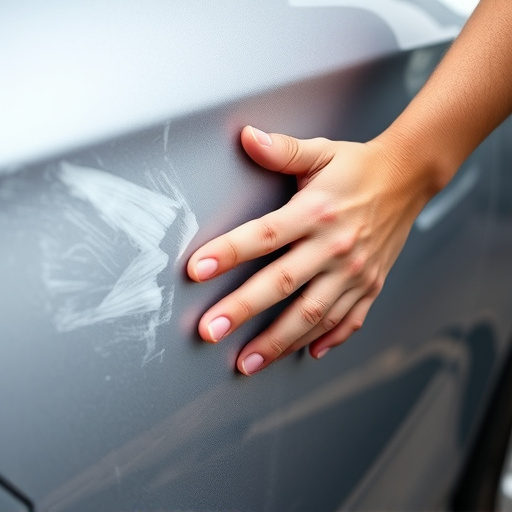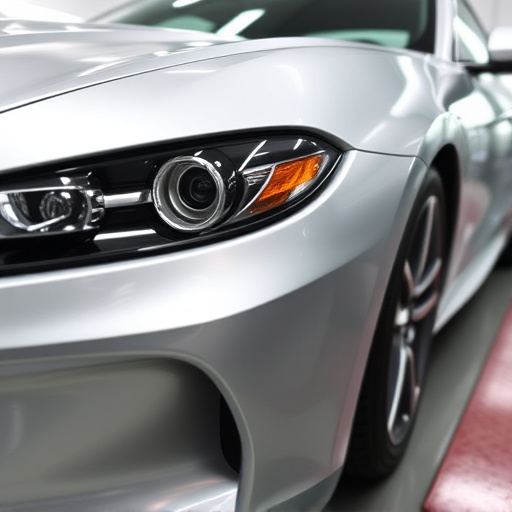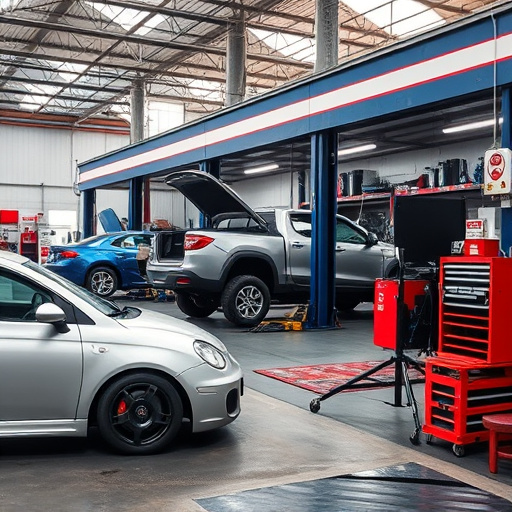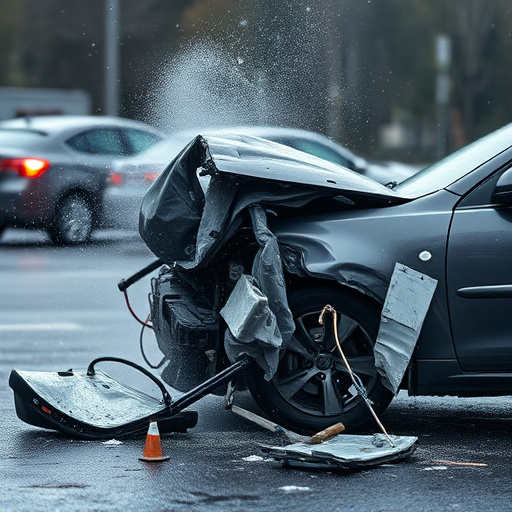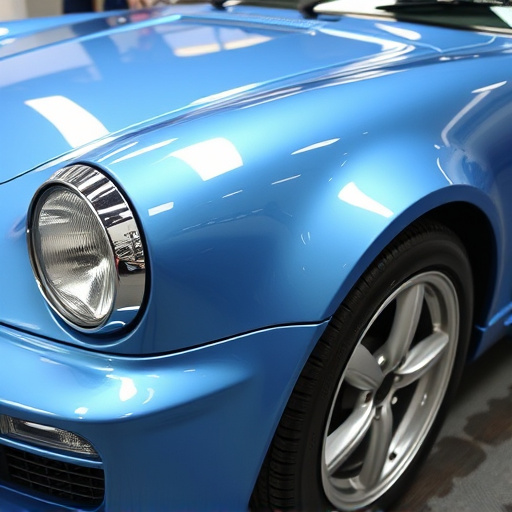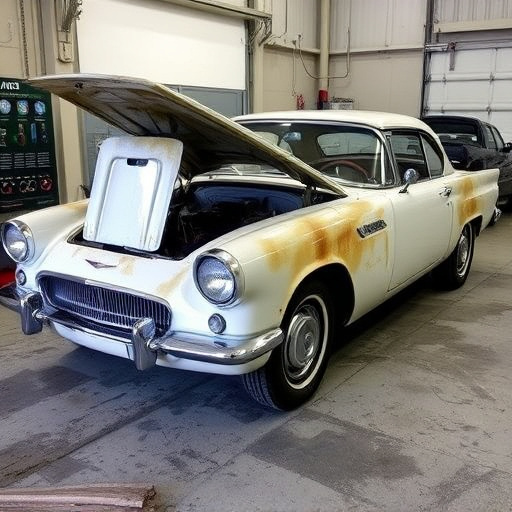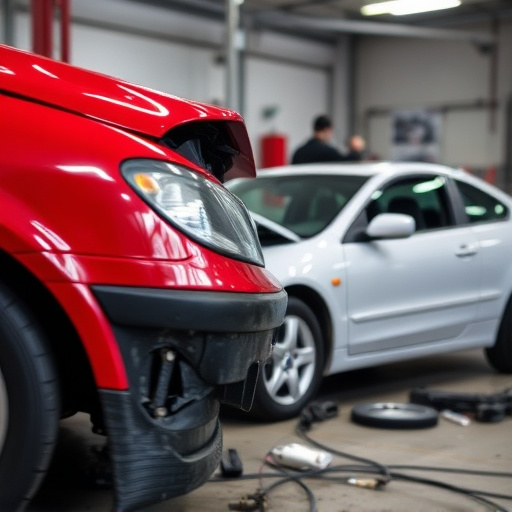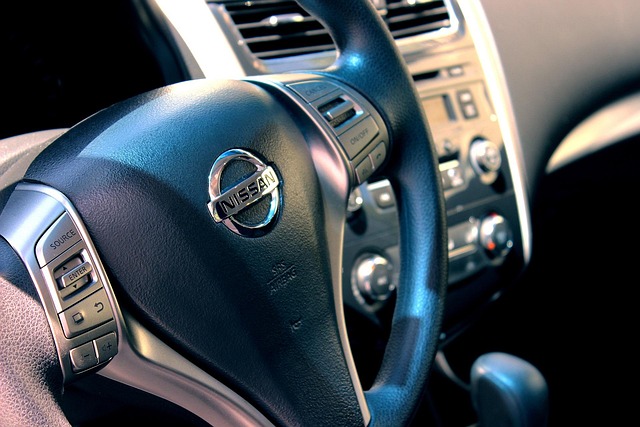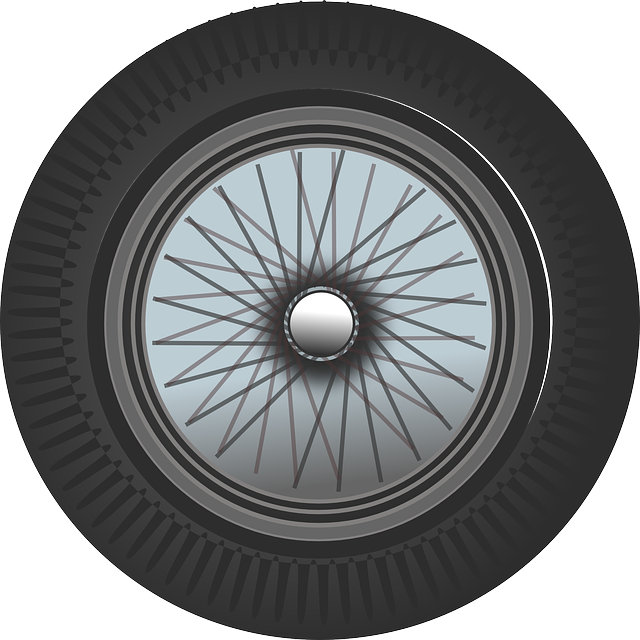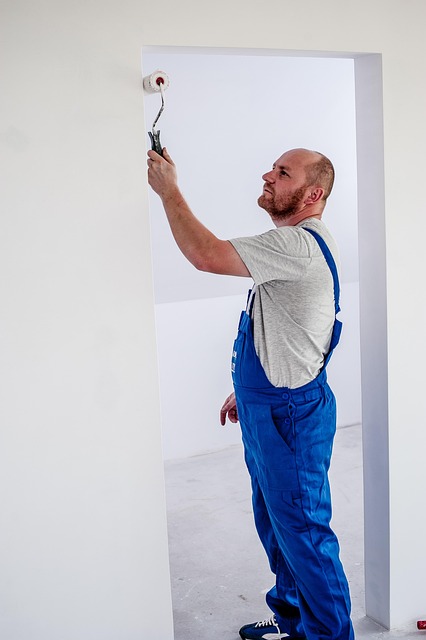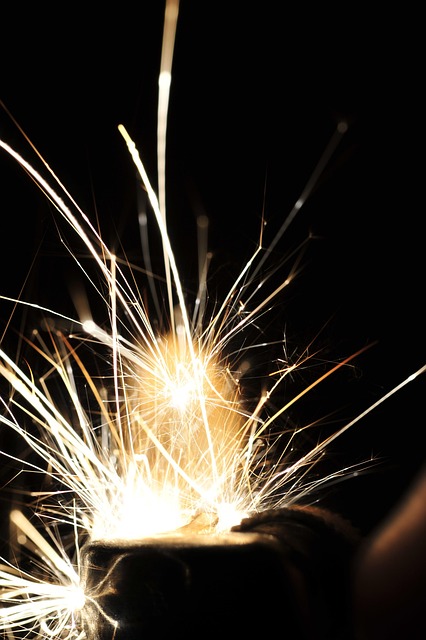Auto frame damage ranges from minor dents to severe structural issues, with expert assessment crucial for safe repairs or replacement. Modern vehicles' advanced alloys and construction make them resilient but still susceptible to bending or deformation in accidents. Severe damage often necessitates replacement, while repairs involve straightening metal and realigning parts using specialized equipment. Vehicle restoration specialists offer comprehensive bodywork services including paint repair to restore both cosmetic and structural integrity after successful auto frame repairs. When deciding between repairing or replacing a vehicle's frame, consider damage severity, car age and condition, and cost-effectiveness, balancing safety and financial considerations for informed decision-making.
Is your car’s frame damaged? Navigating the decision between repairing and replacing can be challenging. This comprehensive guide explores the intricacies of auto frame repair, empowering you with the knowledge to make an informed choice. We’ll delve into understanding various types of frame damage, evaluating repair options, and considering crucial factors like cost, time, and structural integrity. By following our step-by-step approach, you’ll be equipped to decide on the best course of action for your vehicle’s restoration.
- Understanding Auto Frame Damage and Repair Options
- Factors to Consider When Deciding Between Repair and Replacement
- Step-by-Step Guide for Making the Best Decision
Understanding Auto Frame Damage and Repair Options

Auto frame damage can range from minor dents and dings to significant structural issues, often requiring expert attention for safe and effective repairs. Understanding the extent of the damage is crucial in deciding whether to repair or replace. Modern vehicles are designed with safety in mind, incorporating advanced metal alloys and construction techniques that make them more resilient than ever. However, accidents and collisions can still cause frames to bend, twist, or deform, compromising the vehicle’s stability and structural integrity.
In cases of severe damage, where the frame is significantly bent or components are missing, replacement might be the best option. Repairs for auto frame issues typically involve straightening the metal, realigning damaged parts, and in some instances, utilizing specialized equipment like hydro-forming machines to restore the frame’s original shape. Vehicle restoration specialists offer car bodywork services that can bring your vehicle back to its pre-accident condition, ensuring not just cosmetic enhancements but also structural soundness. Additionally, vehicle paint repair techniques can help match the existing color and finish, completing the transformation after a successful auto frame repair.
Factors to Consider When Deciding Between Repair and Replacement
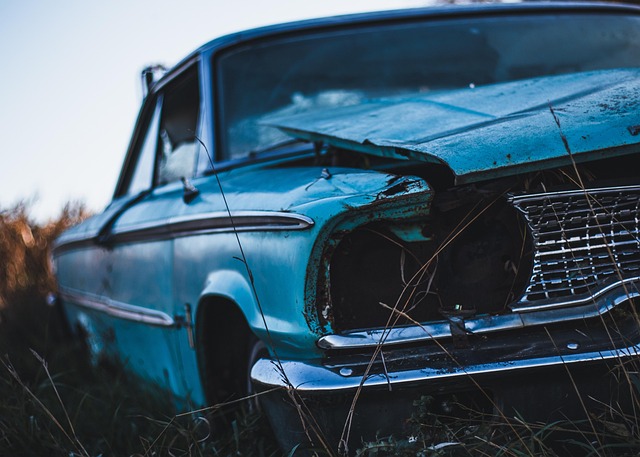
When deciding between repairing or replacing your vehicle’s frame after a collision, several factors come into play. One of the primary considerations is the severity of the damage. Minor creases or dents can often be successfully repaired, preserving the structural integrity and original appearance of your car. However, severe crashes may cause frame displacement or deformity, rendering repair impractical and potentially unsafe. In such cases, replacement might be the only viable option to ensure the vehicle’s safety and stability.
Another crucial aspect is the age and overall condition of your vehicle. For classic cars or older models with sentimental value, repairing can be a preferred choice as it maintains the car’s historical integrity. Conversely, modern vehicles may have advanced safety features and designs that are better served by replacement, especially if original parts are no longer readily available. Cost-effectiveness is also a key factor; comparing estimates for repair versus replacement will help you make an informed decision, considering both immediate expenses and long-term maintenance costs for your vehicle.
Step-by-Step Guide for Making the Best Decision

Making the decision to repair or replace your car’s frame is a crucial step in prioritizing both safety and cost-effectiveness. Here’s a step-by-step guide to navigate this critical choice. Firstly, assess the extent of the damage; minor dents or bends might be suitable for auto body work, but severe structural issues require careful consideration. Next, consult a professional mechanic or body shop for an accurate diagnosis and estimate. They can provide valuable insights into the feasibility of repair versus replacement, focusing on both the financial and safety aspects.
In considering auto frame repair, evaluate the age and condition of your vehicle. Older cars may not be candidates for extensive repairs due to limited availability of parts and higher costs. Conversely, newer models might benefit from advanced repair techniques that can extend their lifespan. Remember, a thorough inspection is key to making an informed decision, ensuring you select the best course of action for both your safety and budget, whether it’s opting for car dent repair or investing in auto frame repair services.
When deciding whether to repair or replace your vehicle’s frame, a thoughtful evaluation is key. By understanding the extent of damage and considering factors like cost, time, and long-term benefits, you can make an informed choice. Utilizing a structured decision-making process ensures that you select the optimal path for both your safety and budget. Embrace the power of knowledge and let it guide you towards the best auto frame repair solution for your unique situation.
